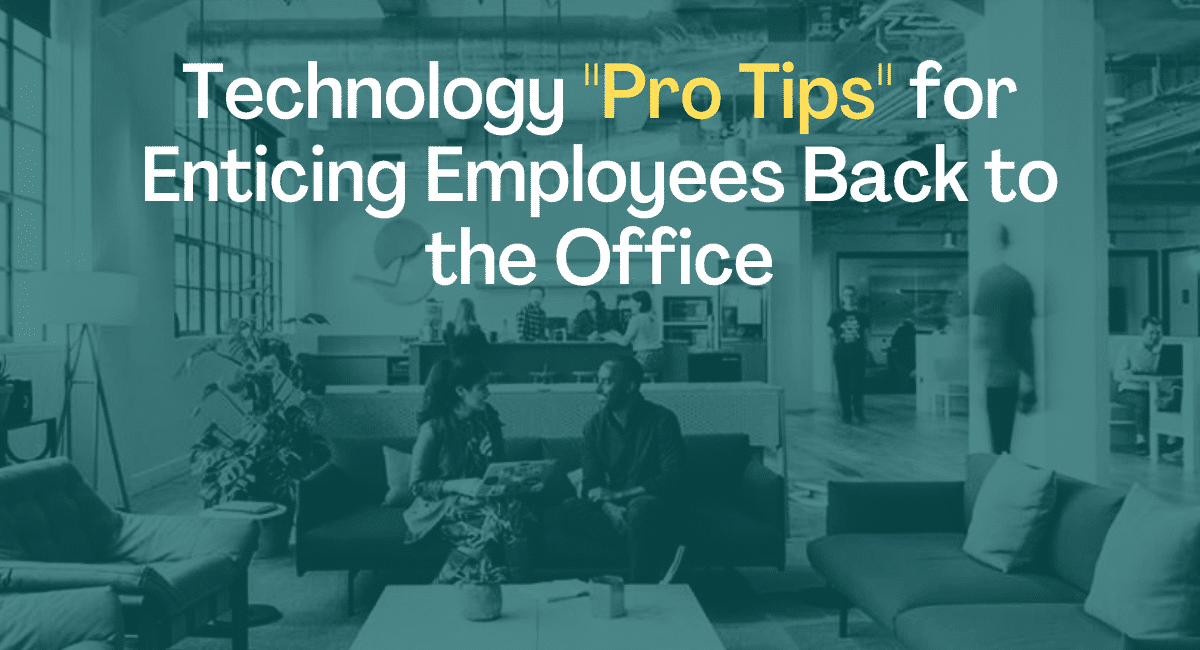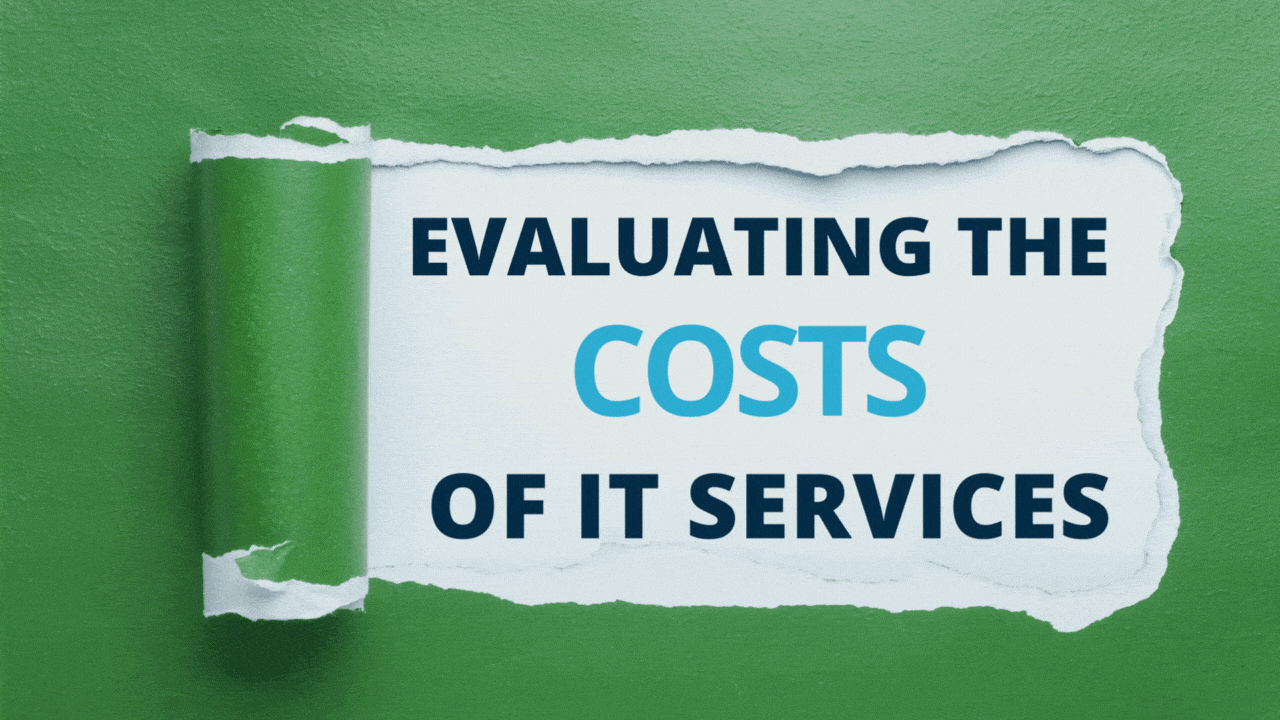New Office Technology Moving Guide

It’s moving day, and that’s good news. You might have lined up outsourced office movers who can help you organize and move your physical equipment from one location to the next. But what about technology? We often make the assumption that because it worked in one place, it should work in another, and nothing is farther from the truth.
Cloud technology may be easy to access from the employee perspective, but it is anything but simple to set up. Cabling, bandwidth, routers, switches, and security (just to name a few) all play a role in making the new workspace both efficient and productive for your team.
To help you reduce the challenges around an office move, we have created a New Office – Technology Moving Guide.
1. Decide how much of your technology move you are going to do yourself or if you will work with an IT services provider.
Relocating a company’s IT infrastructure is rarely a single-handed operation. In fact, there are often several vendors involved, including the cabling team, carrier services, equipment procurement, cloud services, internet providers, and network and IT specialists, just to name a few. Delegating the work to one IT service provider can make the whole process not only faster and less expensive but also more pleasant. Here is a quick list of technology dependencies you will have to address during a move:
- Hardware and software
- Cabling and infrastructure
- Deployment of desktop equipment and installation of servers, PC’s, printers, fax machines, phones, and other equipment
- Firewall, data security, and another security setup
- Data protection, back-up and recovery planning
- Secure and accurate data migration
- Internet and WIFI setup
- Email setup
- Onsite access control and security camera
2. Plan your IT relocation well in advance.
Planning is the only way to avoid mistakes that can quickly translate into thousands of dollars and employee downtime.
- Give yourself at least 3-4 months in advance to plan.
- Schedule site visits with an IT partner who can walk you through your new office space to review infrastructure, networking, security, phone systems, and equipment needs in advance.
3. Evaluate the layout of your new office space.
Consider the new flow of traffic and decide what type of technology will be required to support it. Ask the following:
- How many power outlets do you need; are there enough sockets?
- Does the new office have installed cabling and infrastructure to meet your bandwidth requirements? How many cable locations need to be run and what type? Cat 5? Cat 6?
- Will you need to run fiber between sites?
- What will be the onsite server room requirements? Will current conditions meet the minimum temperature requirements?
- Where will the workstations be located?
- Where will you put the printers, scanners, routers, etc.
- What are the highest points of traffic?
Helpful Hint: Mapping this in advance opens up a world of possibilities from physical to “smart” cloud routers and switches, reducing the amount of equipment you would normally have to purchase. A good IT partner will help you determine where to place routers and hang WIFI access points for better bandwidth and cloud speeds in high traffic areas.
4. Evaluate your equipment.
If your network infrastructure is aging, the office move is an excellent time to update your equipment. If you plan accordingly, you could even have your network up and running in the new space before moving day arrives. Here are a few steps you should follow while reviewing your equipment:
- Inventory your existing equipment. Does it still meet your needs, and will it be suitable for the new location?
- Decide if you want to move aging equipment or repurchase and/or move that equipment to the cloud. This is an excellent time to strategize about ways to reduce costs and reallocate how you manage your IT infrastructure.
- Return any leased IT and phone equipment that is no longer needed.
- Properly dispose of old or broken equipment.
5. Assess your communications requirements. New business phone offerings are continually becoming available, so make sure you shop around for the right phone system and service contract.
- Determine how many phone lines you need and notify your telecoms provider if you want to stay with them.
- Decide what you’re going to do with your existing phone numbers, and don’t forget to set up call forwarding if you’re changing your phone number.
- Evaluate different cloud and hybrid (private cloud) phone options. Does additional bandwidth at the new space open up new business phone options?
- Explore any upgrades that may be available as part of your move.
The modern workspace brings together all elements of innovation, creativity, and collaboration. A smart workspace can reduce employee turnover and increase employee productivity and job satisfaction. The right technology floorplan is the best way to make your modern office a mecca for productivity.
Here are some questions you should ask:
- Do we want to consider going 100% cloud with softphones, smart TVs and shift our resources into better access points and equipment that provide a faster, smoother smart office experience?
- Do we want to optimize employee workspace with mobile technology that follows an employee anywhere they want to go?
- Do we want to create a virtual workspace environment where employees have access just to the applications they need and use?
- Do we want to create online huddle rooms for greater collaboration at any time and from any location?
- Could a single network login make adding and deleting employees from the network more secure and efficient?
- Do we want to simplify security by implementing access cards upon entry and exit?
6. Shop Around for Inexpensive Carrier Service
We know, this may sound random, but if your business has multiple locations and providers, it’s challenging to keep track of which services you have, making multiple carrier services a hidden cost that quickly adds up.
- If your phone lines are currently being provided by a phone company, your business is subject to third party billing charges. Phone companies act as billing agents for third-party carriers (such as Verizon, CenturyLink, AT&T, Sprint, etc.), and third-party billing charges are the result. They’re almost always for services you didn’t request and don’t want. Once they’re present, it can be time-consuming to have them removed and credits issued. Blue Fox Grou can help you consolidate these costs.
- If your company is dealing with multiple phone companies, when you need to make a move, add or change to your service, you could spend some time determining which person, from what company, to contact. When you work with an IT provider, like Blue Fox Group, we simplify everything. You won’t waste time identifying who to contact because you only have one point of contact. Interested in getting a quote for a consolidated carrier service bill? Connect to see how much money you could save.
7. Assess your onsite security requirements – Security surveillance is a necessity for proactively protecting your property and your employees. Moving is a good time to consider the benefits of onsite security.
- Decide if you want to up your security efforts by adding security cameras?
- Would you like to know who is coming and going from your building through carded entry?
- Do you want to monitor and manage alarms, entry, and door access?
- Do you need security cameras to meet compliance and insurance coverage?
8. Protect Your Data & Back it Up
It’s critical to be prepared for worst-case scenarios at all times, but most importantly, during an office relocation. Just think what would happen to your data if something went wrong during the move (like the moving truck is involved in an accident and your equipment is damaged). Complete the following tasks to protect your data during your move:
- Make several back-up copies of all company data systems, including firewalls and servers, store copies where they will not be affected by the move.
- Ensure full recovery is possible so that, if something does go wrong, you’ll still be able to access all your company’s essential data.
- Hardware may be among the top of your priorities, but it is crucial that you also pay attention to what you own as a digital asset.
- Cloud back-up storage can be one option to secure your data. If that’s on an old contract, check the consequences of the relocation before you move.
9. Make the Move.
It’s a good idea to have your IT and telecom solution provider in the office with you on day one in order to help staff with any questions or network connectivity issues. After all stages of the move are completed, you’ll want to do a walkthrough with your IT provider and check the following:
- Verify all cabling, equipment, and phones are in the right place.
- Check all individual telephone numbers and their locations.
- Test to see whether the call forwarding from the old number is working and being forwarded to the correct phone.
- Test all features of the phone system.
- Start all servers and test network capability and data migration.
- Check incoming and outgoing emails.
- Check website, intranet, and extranet.
- Test each network connection.
Looking for an IT Partner who can help with your office move?
Over the last 30 years, Blue Fox Group has helped Arizona businesses organize technology moves and relocations. We support smart work environments, networks, cloud, cabling, security, business phone solutions, and onsite security solutions. We understand how all the components of your network, cloud, and onsite technology have to work in harmony.
We get it, and we are easy to work with.

let's connect
Let’s make technology work for your business and help you exceed your business goals.
share this post
related posts














